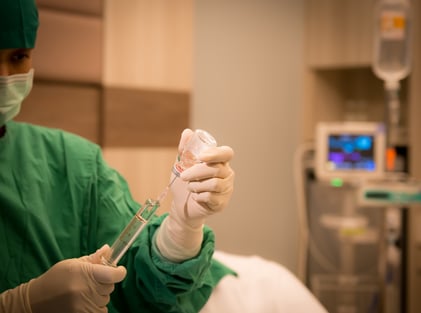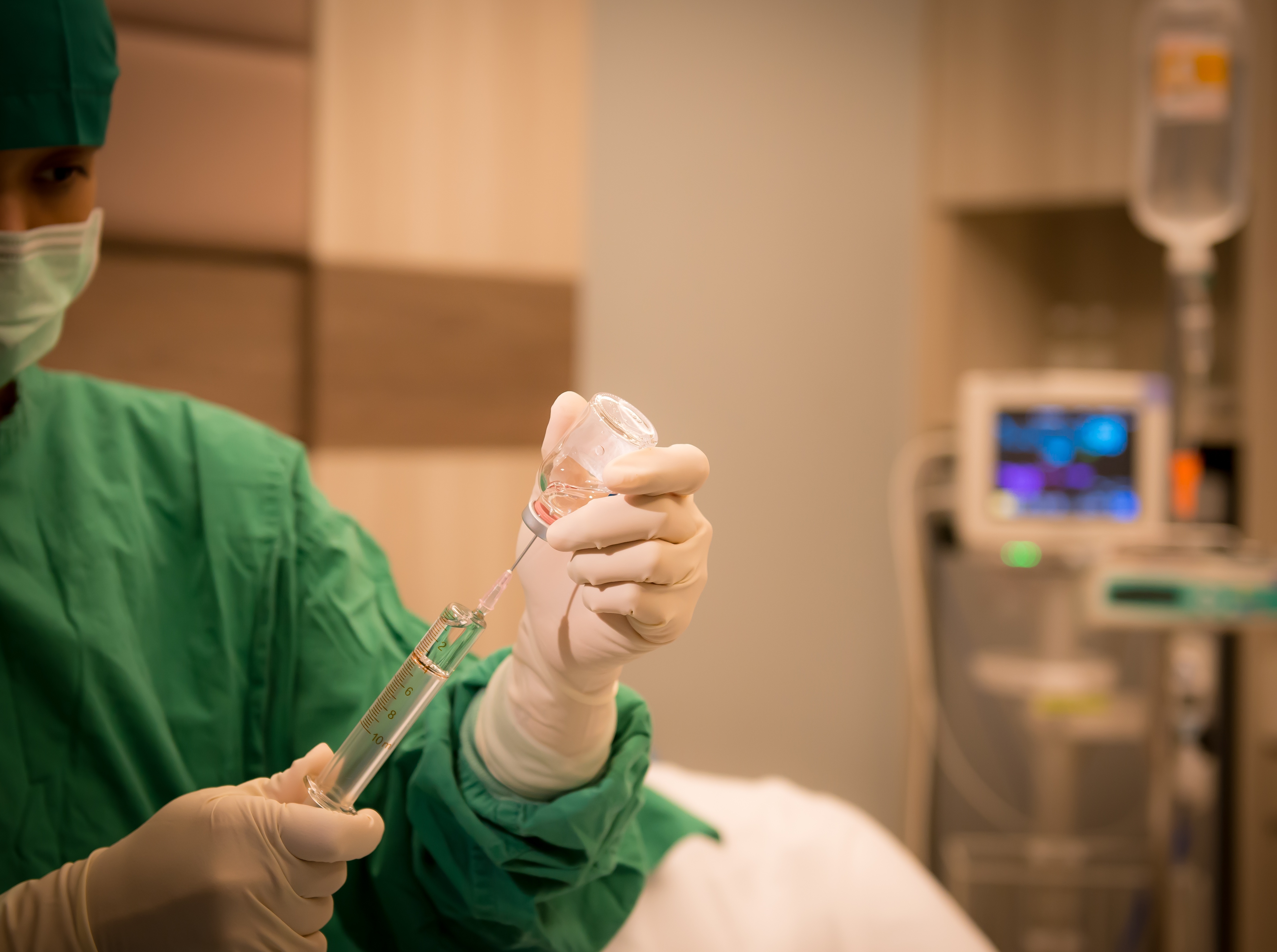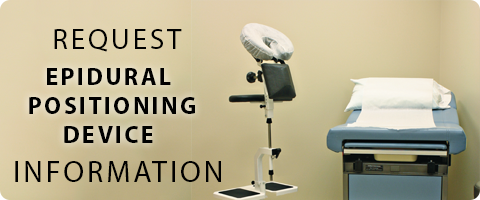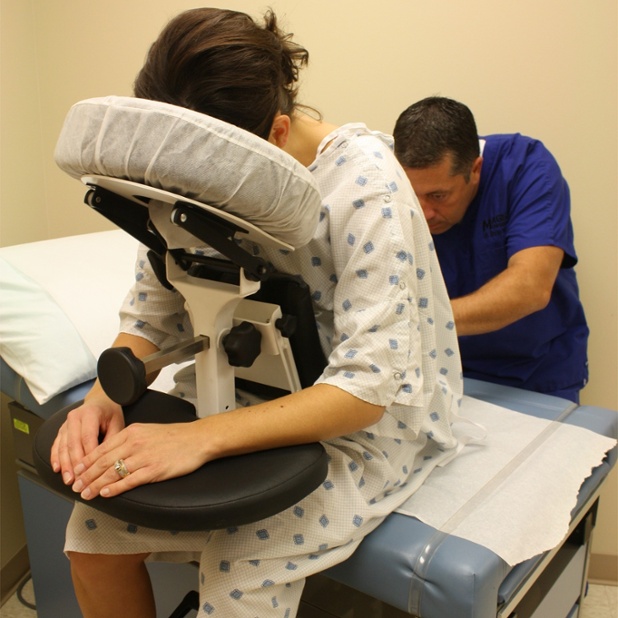Advances in the use of regional anesthesia and other techniques at Robert Wood Johnson Medical School are helping patients recover faster and manage pain. Beth-Ann Kerber explains in an article on Rutgers Today.
Before undergoing total knee replacement surgery three years ago, East Brunswick resident Ethel DeBari had heard all the horror stories about intense pain and difficult recovery – even from physicians.
Looking for relief from the pain and a return to full activity, she prepared herself for what the surgery might bring. She wasn’t prepared, however, for her actual experience.
“Without a doubt, it was so much better than I expected,” she says. “I had zero pain after my surgery. I breezed through rehab. I did physical therapy without any problems, and I didn’t even rely on taking Percocet or anything like that!”
DeBari credits her positive experience in part to the type of implant used. But the major reason, she
 via shutterstock.com |
says, was the pain management during and after the procedure.
She had entrusted her orthopedic surgeon, David A. Harwood, clinical associate professor of surgery at Robert Wood Johnson Medical School, with determining the best course for her particular procedure. He consulted with Geza Kiss, associate professor of anesthesiology and clinical director of acute pain and regional anesthesia for the medical school, and they decided to use regional anesthesia for the procedure.
While local anesthetics numb only a small area of the body, and general anesthesia involves a total loss of consciousness and pain sensation, regional anesthesia is used to make a large area of the body insensate to painful stimuli, Kiss explains. It is achieved by injecting medication near a cluster of nerves to numb only the area that needs surgery, he adds.
DeBari received a femoral and sciatic nerve block, as well as a sedative to allow her to “sleep” comfortably during the surgery; the anesthesia was delivered through a catheter that was kept in for two more days to provide optimal pain relief. The day after the catheter was removed, she was discharged from the hospital and entered a Lawrenceville-based rehabilitation facility, from which she was able to go home far sooner than anticipated because she was doing so well. She experienced similar positive results in her outpatient physical therapy, she says.
Controlling Pain
DeBari’s experience epitomizes the impact of effective pain control in recovery, as well as the increasing role of regional anesthesia techniques in pain management and patient satisfaction. Pain – now considered one of the vital signs – can adversely impact patients’ cardiovascular stress response, among other negative physical effects, if not properly controlled, says Scott J. Mellender, assistant professor of anesthesiology at Robert Wood Johnson Medical School and clinical director of the New Jersey Pain Institute at Robert Wood Johnson University Hospital.
“You have a moral and ethical responsibility to control your patients’ pain, but you also want them to have a good level of satisfaction with their care,” he adds.
The medical school’s Department of Anesthesiology has been working to dramatically improve pain management and the patient’s experience, in and out of the operating room, says Christine H. Fratzola, associate professor and chair, Department of Anesthesiology. Many of those advances are taking place in the area of regional anesthesia, in which the department has specialists with a high level of skill and expertise, including the use of newer methods of ultrasound guidance and advanced, minimally invasive procedures for chronic pain, Fratzola says.
Today, regional anesthesia encompasses spinal and epidural anesthesia, as well as peripheral nerve blocks. It is frequently used for certain orthopedic, gynecologic, obstetric, and ophthalmologic surgeries. And it typically results in reduced side effects, including less post-operative pain, less nausea, lower incidence of blood clots, less blood loss, less of a stress response by the body, and earlier mobility.
For same-day surgeries, regional anesthesia can provide 18 to 24 hours of significant pain relief without narcotics, Kiss says. For some procedures, a single injection of long-acting anesthetic is all that is needed. With others – such as DeBari’s knee replacement – a catheter is inserted to allow the anesthetic to be delivered over a period of two to three days, he adds.
Much of the evolution in the area of regional anesthesia can be attributed in part to the shifting emphasis on reducing hospital lengths of stay, says Mellender, a fellowship-trained interventional pain medicine specialist who completed residency training in anesthesiology, as well as general surgery, at Robert Wood Johnson Medical School. The use of regional anesthesia techniques has helped turn what in some cases used to be a five-day hospital stay into a two-hour outpatient surgery, he says.
As medication and technologies continue to improve, more surgical procedures are involving the use of regional anesthesia, says Kiss. As a result, there is a much greater need and request for anesthesiologists who are skilled in these techniques.
PHS Medical is the producer of the United States' original, patented Epidural Positioning Device (EPD), which is recognized as the world's best-selling epidural positioner. This flagship product features unique torso positioning, exclusive to our design, that moves the back into an arched position for proper cervical alignment. This device is the basis to help mitigate risk, improve patient comfort and assist in the ease and effectiveness of pain management treatments.



